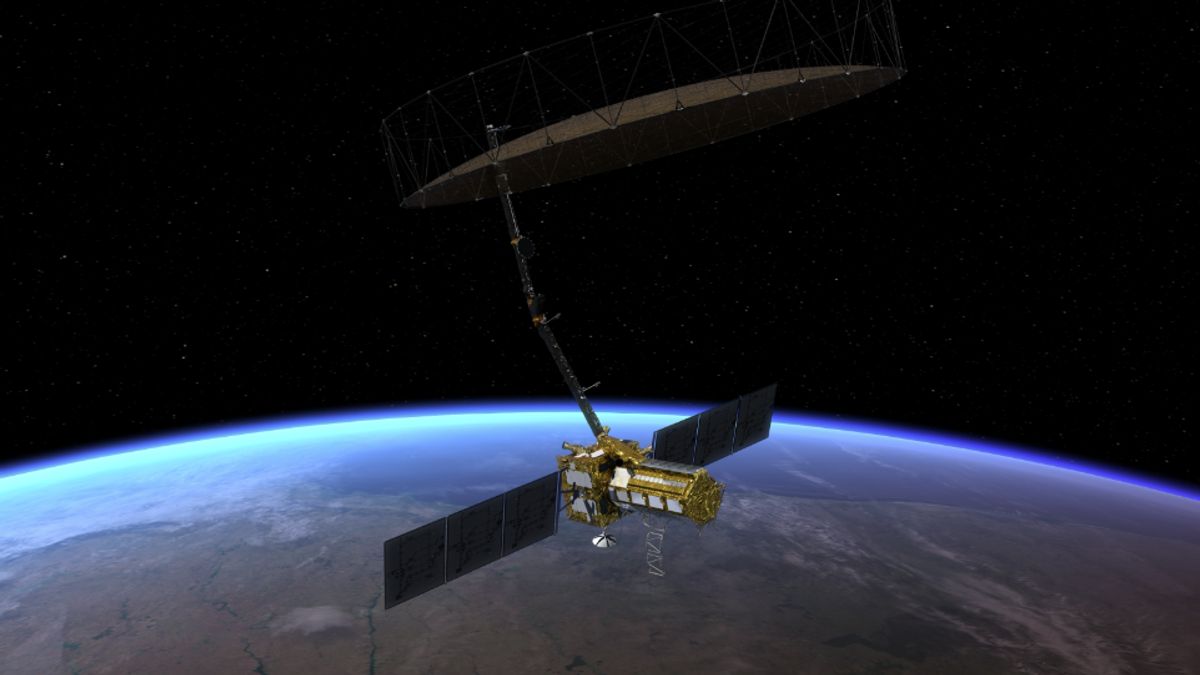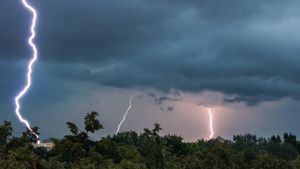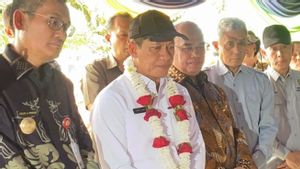JAKARTA - The United States Aeronautics and Space Administration (NASA) is collaborating with the Indian Space Research Agency (ISRO) on the NASA-ISRO Synthetic Aperture Radar (NISAR) mission.
NISAR is a mission to launch a radar satellite to observe changes in the earth's ecosystem. Through this mission, researchers will study how Earth's forest and wetland ecosystems can influence climate change.
The plan is for this mission to be launched into orbit in early 2024. NISAR will scan the entire surface of the earth's land and ice twice every twelve days.
This radar will detail the state of forests and wetlands so researchers can understand the capture and release of carbon that produces greenhouse gases in the atmosphere.
“NISAR's radar technology allows us to get a comprehensive perspective of the planet in space and time. "This could give us a really reliable view of how Earth's land and ice are changing," said Paul Rosen, NISAR project scientist at the Jet Propulsion Laboratory (JPL), via a NASA release.
Forests basically store carbon in wood, while wetlands store carbon in the soil layer. Whenever both systems experience problems, the release of carbon dioxide and methane will occur faster than it should.
These cyclical changes need to be studied because land and forestry are used for business and industrial purposes. As a result, 11 percent of total greenhouse gas emissions come from both.
اقرأ أيضا:
The amount of these emissions is driven by the amount of carbon that wetlands store in the soil, which reaches 20 to 30 percent of carbon. This carbon can bubble to the surface of the water and spread into the atmosphere due to bacteria that digest organic matter in the soil.
Apart from swelling, drying wetlands will also release carbon dioxide due to exposure to oxygen. This carbon reservoir is very large and can be released in a short time so NASA and ISRO are working together to observe it.
Both realized that they did not understand the sources and uptake of carbon from terrestrial ecosystems well enough. Therefore, NASA and ISRO hope for good results from this radar launch mission.
"We hope that NISAR will help overcome this, especially in less dense forests, which are more vulnerable to deforestation and degradation," said ISRO NISAR Science Team Leader, Anup Das.
The English, Chinese, Japanese, Arabic, and French versions are automatically generated by the AI. So there may still be inaccuracies in translating, please always see Indonesian as our main language. (system supported by DigitalSiber.id)


















